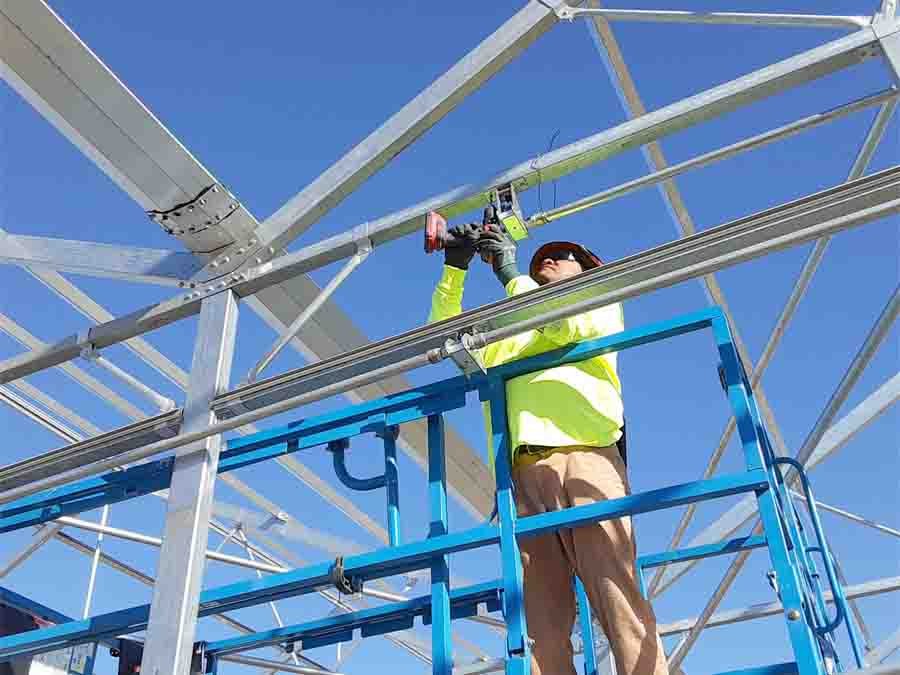Introduction
In this blog post, I’ll walk you through everything you need to know to build your own greenhouse, from planning and materials to construction and setup.
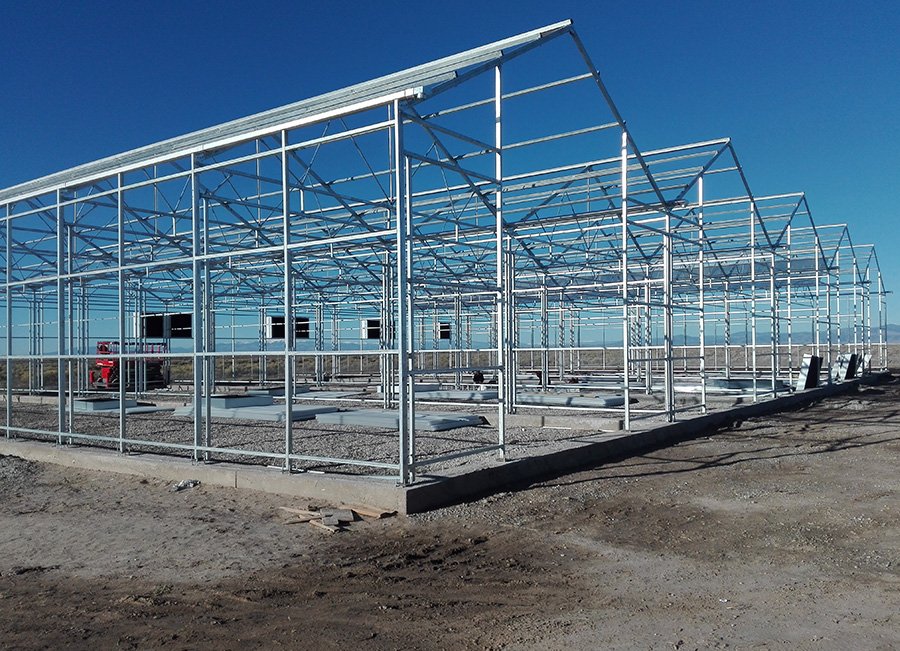
Building a greenhouse can seem daunting. You’re probably wondering, where do I even start? Don’t worry! Whether you’re growing vegetables, flowers, or even cannabis, the process is simpler than you might think. Let’s dive into the key steps to get you growing in a controlled environment.
So, how do you build a greenhouse? In this post, I’ll walk you through the basics of greenhouse construction and share expert tips on making it a success. Building a greenhouse isn’t just about putting together a few walls and a roof; it’s about creating the right environment for your plants to thrive. It’s about controlling factors like temperature, humidity, and light. When done right, it’s the perfect way to extend your growing season and even cultivate more efficiently.
But what about the specifics? Should you go for a polycarbonate greenhouse or a light deprivation greenhouse? Do you need special growing tables or racks? We’ll answer all of these questions and more, so keep reading!
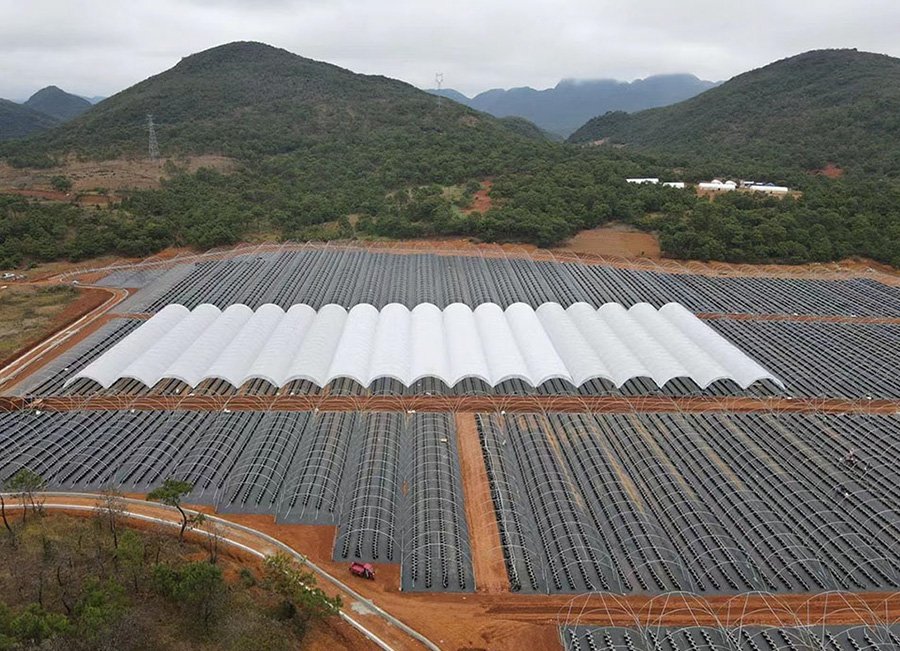
Why Build a Greenhouse?
Before jumping into construction, you might be asking yourself, Why should I build a greenhouse in the first place?
A greenhouse provides the ideal environment for plants, especially in places where the weather isn’t always reliable. With a greenhouse, you can:
- Extend your growing season: Enjoy fresh produce year-round.
- Regulate temperature: Keep your plants cool in the summer and warm in the winter.
- Control humidity: Ensure optimal growing conditions.
- Protect against pests: Create a controlled environment where pests are less likely to thrive.
Plus, it’s not just about plants. If you’re looking to create a photovoltaic greenhouse or even a site for ecological tourism, the possibilities are endless.
What Materials Do You Need?
Now that you’re convinced, let’s talk about the materials. You don’t need to be a contractor to understand this. I’ll break it down for you:
| Material | Purpose | Example |
|---|---|---|
| Frame | Allows airflow to prevent overheating and humidity buildup. | Steel or Aluminum Tubing |
| Covering | The material that protects plants from the elements. | Polycarbonate Panels |
| Foundation | Ensures the greenhouse stays stable and secure. | Concrete or Gravel Footings |
| Ventilation | Allows air flow to prevent overheating and humidity buildup. | Roof Vents or Louvered Walls |
| Irrigation System | Keeps your plants hydrated without over-watering. | Drip Irrigation System |
Step-by-Step Process: Building Your Greenhouse
Step 1: Plan Your Greenhouse Design
Start by designing the greenhouse. Think about the following:
- Size: How much space do you need?
- Shape: Do you prefer a Venlo glass greenhouse for its durability and insulation properties or a simpler plastic film greenhouse for cost-efficiency?
- Climate: Consider your local weather. For example, a gutter connect greenhouse works great for areas with heavy rainfall.
Check out resources like Building a Greenhouse from Scratch for detailed design options.
Step 2: Prepare the Site
Choose a flat area with plenty of sunlight. Ideally, your greenhouse should be positioned to receive maximum sunlight during the winter months, which helps with heating.
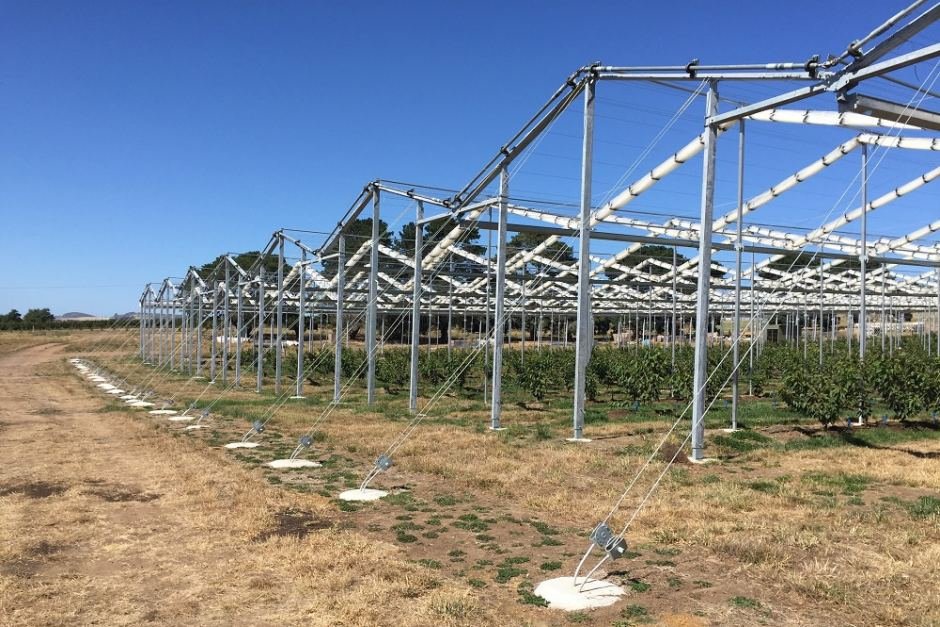
Step 3: Lay the Foundation
You don’t need a complicated foundation. Just make sure it’s level and strong enough to hold the weight of your greenhouse. Concrete is a great choice, but gravel footings can also work for smaller structures. If you’re serious about ecological tourism, you may want to add special flooring like wooden decking for aesthetic appeal.
Step 4: Assemble the Frame
This is the backbone of your greenhouse. Assemble your frame using either steel or aluminum tubing. For a more modern option, you could opt for PVC pipes for a lightweight structure. Once the frame is ready, make sure to secure everything with fasteners. I recommend checking out DIY Greenhouse Kits if you’re looking for pre-cut materials.
Step 5: Install the Covering
Cover your frame with the material of your choice. Polycarbonate is a popular option for its excellent insulation properties. If you’re in a warmer climate, a poly film might be a cheaper alternative. This step is crucial, as it controls the amount of sunlight and heat your plants receive.
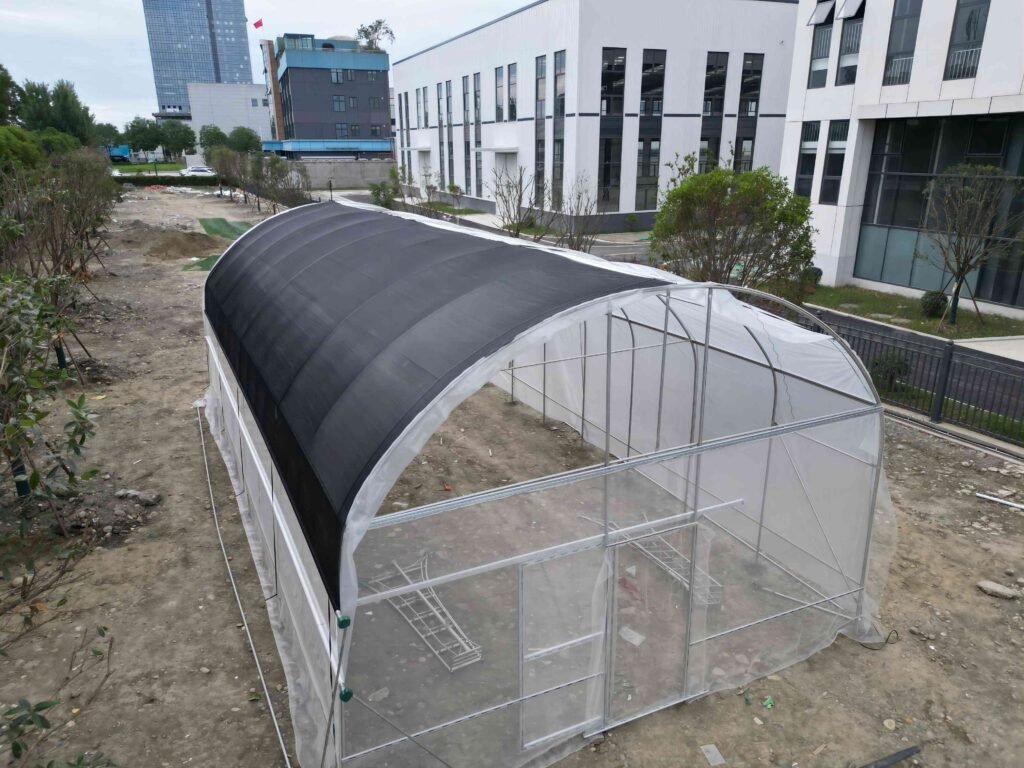
Step 6: Add Ventilation
Proper ventilation is a must! Use roof vents or louvered walls to allow hot air to escape and fresh air to enter. Good airflow reduces the risk of diseases and mold.
Step 7: Set Up Your Irrigation System
Installing an irrigation system ensures that your plants get the right amount of water. A drip irrigation system is one of the most efficient ways to water plants, providing hydration directly to the roots.
Step 8: Install Growing Equipment
Now, for the fun part: setting up your growing equipment! Whether it’s growing tables, racks, or a smart farm cloud platform, make sure your equipment is tailored to your needs. If you’re growing cannabis or other delicate plants, consider light deprivation greenhouses for optimal control.
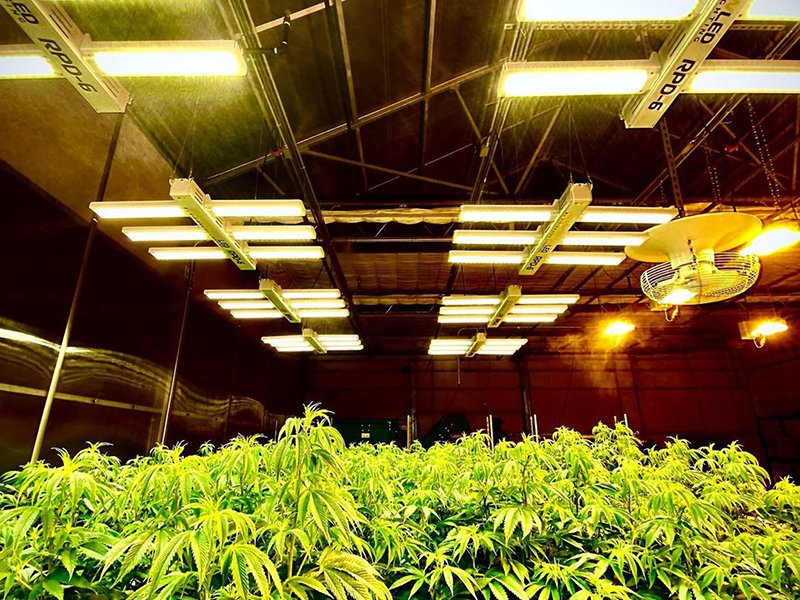
Key Considerations for Success
Building a greenhouse is just the beginning. To ensure success, pay attention to the following:
- Temperature control: Use automatic vents or cooling systems if needed.
- Humidity control: Make sure your greenhouse is not too dry or too damp. Smart sensors can help.
- Plant care: Keep an eye on your plants daily, adjusting conditions as necessary.
Conclusion
Building a greenhouse isn’t a one-size-fits-all project. Whether you’re looking to grow vegetables, flowers, or even medicinal plants like cannabis, there are plenty of greenhouse options to suit your needs. By carefully considering your climate, design, and materials, you can create a thriving space for your plants to flourish.
Are you ready to start building your greenhouse? It’s easier than you think, and we’re here to help every step of the way.

